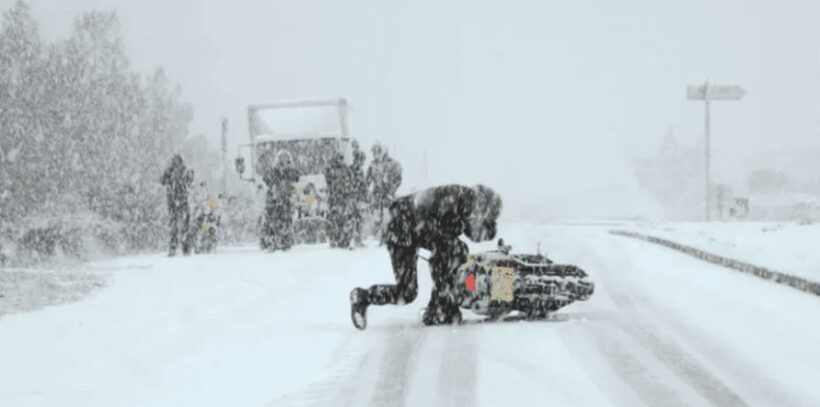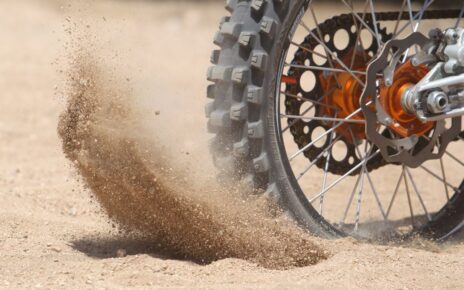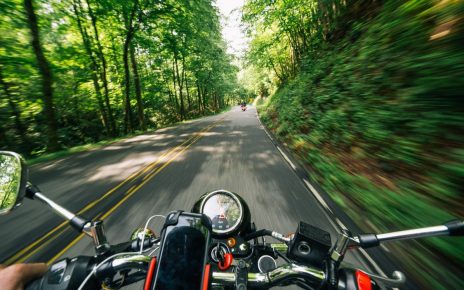The motorcycle is one of the most popular transportation methods nowadays, however there are many points to keep in mind to achieve safety on motorcycles and, for the most part, easy to comply with. Here, we will discuss some common causes of motorcycle accidents.
There are usually two types of motorcycle accidents that can occur. One is an accident without collision – this is when a motorcyclist has been able to avoid the collision with another vehicle or obstacle, but has fallen to the ground due to the maneuver he had to perform to avoid the collision with the other vehicle or obstacle. In these circumstances, motorcyclists can suffer personal injury and damage to the motorcycle.
On the other hand, motorcycle accidents with collision occur when the motorcyclist collides with the vehicle or vice versa. These are the situations that unfortunately occur in most cases and the consequences are medical care and often hospital admission.
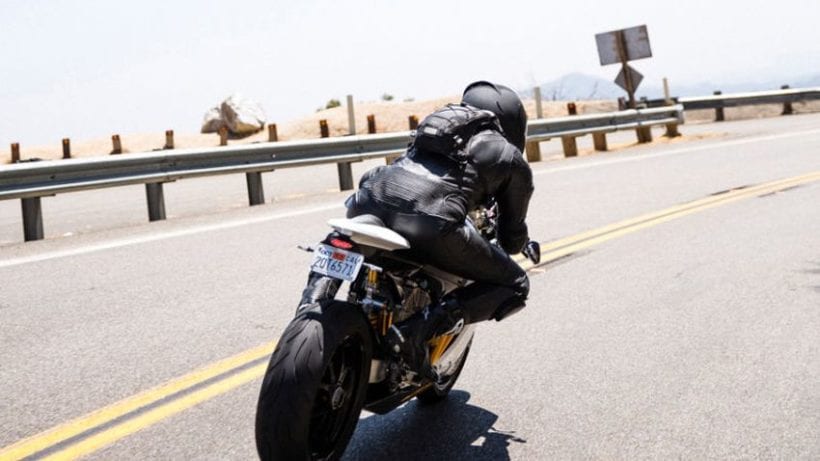
According to the experienced attorneys at Rutter Mills, some of these causes of collisions include:
• Speeding: Many motorcycle accidents are caused by this, both in the city and on the road. The most important thing is to respect the speed limits and drive at an appropriate speed on each road.
• Loss of control: Losing control of the motorcycle during abrupt curves either by the characteristics of the curve, the state of the asphalt, or by not entering the curve at the proper speed.
• Lateral collisions: During lane changes that occur most of the time because drivers of other vehicles do not have good visibility and do not see that they take the motorcyclist to the side and impact with him. This occurs primarily in cities in both left and right turns. Collisions at road junctions is one of the most common accidents.
• Rain: On rainy days, cities and roads can be dangerous traps for the physical integrity of motorcyclists. Painted lines on the pavement, oil stains, metal covers, ventilation grilles, etc. become very slippery and care must be taken not to step on them to avoid possible accidents.
• Run-overs: There are numerous cases in which the motorcyclist, after suffering a fall from the accident, is run over by another vehicle that circulates on the road.
• Door accidents: Situations where the driver or an occupant opens the door of a parked vehicle regardless of whether a vehicle or motorcycle could come from the side where the door was opened.
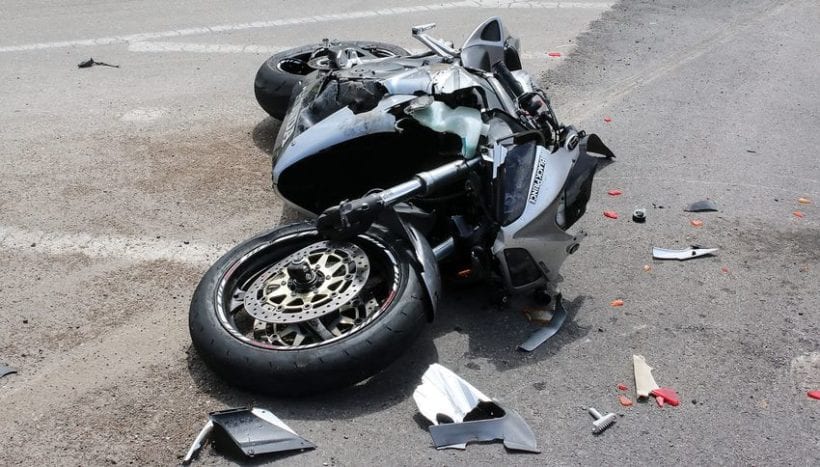
Motorcycle accidents usually cause more serious injuries in a traffic accident than car accidents, the main reason is that motorcyclists circulate less protection even if they are wearing helmet, special gloves, boots, pants and jacket with protections, since they do not have as many safety elements as cars and during falls, the motorcyclist’s body receives all the impact when they hit the ground.
Here are some common motorcycle injuries that occur:
• Skin burns: Scratches or burns of the skin caused by rubbing the body against the asphalt and this causes tears in the skin and very deep wounds. Skin burns occur mainly in summer, when the least clothing is being worn and the body is less protected. If the lesions do not touch the bone or important muscles, the skin should regenerate again and the wounds heal.
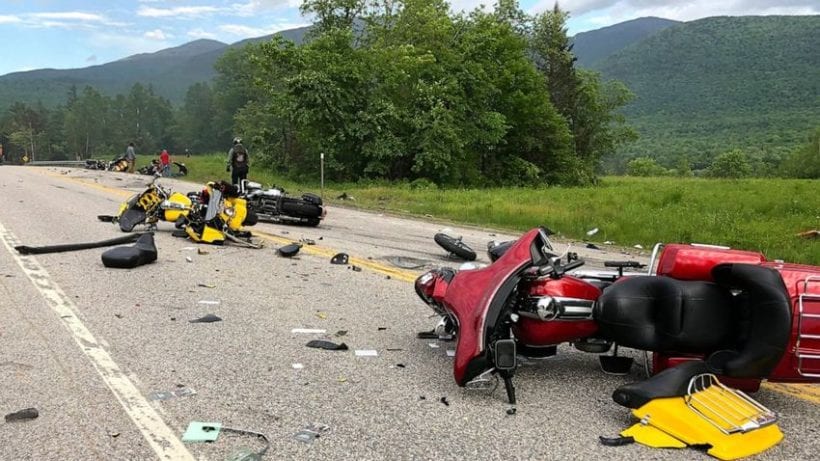
• Neck and back: These types of injuries are very common even when protective clothing is being used. Neck injuries are caused by a whiplash or violent back and forth movements. While back injuries can result in spinal cord injuries, fractured vertebrae, herniated discs, etc. they are serious injuries that can take a long time to recover and may never recover at all.
• Fractures and trauma: When you receive a heavy impact directly on your body during a motorcycle accident, fractures, trauma and brain damage are very common, even if you wear a helmet because you can hit your head with the bike itself or something else. The extremities also suffer the impact and trigger a reaction effect in the body that causes bones to break.
Fractures in arms, legs, hands and feet are very frequent. Trauma to the chest can cause the death of the motorcyclist due to the seriousness of the injuries that affect vital organs of the organism that are unprotected at the time of receiving the impact, such as heart and lungs. Bruises and polytrauma also occur in the body and cause sprains, strains and different types of pain in the body over time.
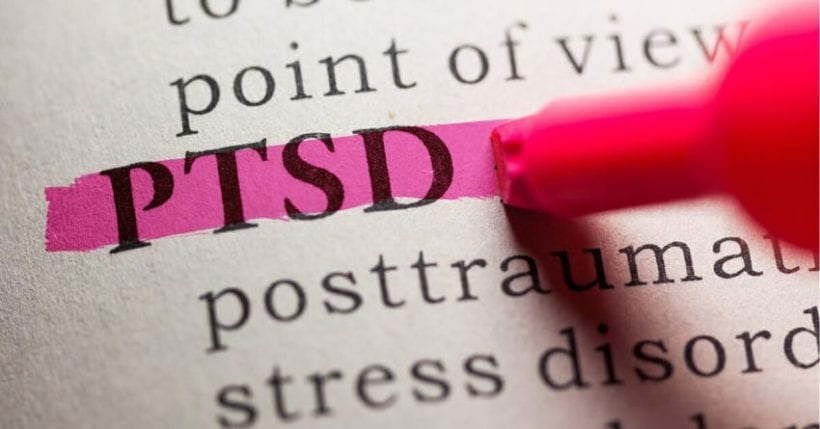
• Psychological trauma: An important aspect after having suffered a motorcycle accident or a traffic accident is to receive psychological help. The person after suffering a traffic accident may present some type of post-traumatic manifestations such as stress, anxiety, sleeping problems, fear of riding a motorcycle or driving again, etc.
For this reason, it is necessary to check if the symptoms disappear with the passage of time in a natural way or if on the contrary you need the help of a specialist to overcome those symptoms, because it can turn develop into PTSD.
Unfortunately, motorcycle accidents will not disappear at a 100%, but they can be reduced by following a series of recommendations:
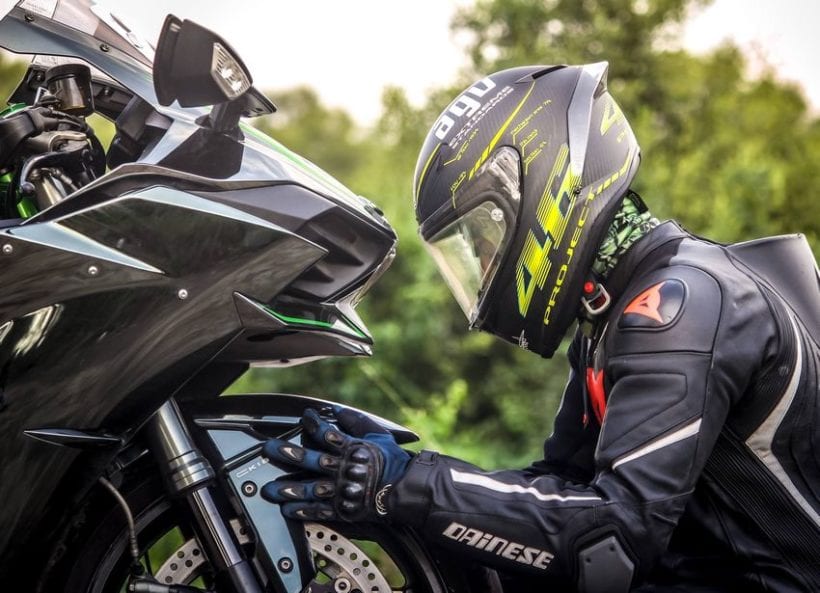
• Rear-end collisions are some of the easiest accidents to avoid, both the vehicle and the motorcycle must signal the maneuver they are going to perform, maintain the safety distance from the other vehicle and respect the speed limits. With this advice, a motorcyclist would avoid many types of accidents, which occur at traffic lights, crossings, unexpected pedestrian crossings.
• Comply with traffic rules and speed, no matter where you are. Signpost the maneuvers that are going to be carried out and carry them out with caution so that other drivers can see them.
• Keep your motorcycle tuned up and maintained on a regular basis, both in terms of mechanics and in the maintenance of tires.
• Knowing how to properly break is vital. The front brake is the main brake and the one that stops the bike. The rear brake is a complement and helps to stabilize the bike. Knowing that, the best option is to brake with both brakes at the same time smoothly and progressively, although in an emergency situation the rider can brake forcefully.
• On the road, the most common accident is the exit from the road due to speeding or loss of adhesion. The reason has more to do with lack of concentration and distractions than with the greater or lesser visibility of the bike.
Keeping all these factors in mind, it is also very important to wear proper motorcycle gear while riding. Helmets are made to protect and cushion the head of a motorcyclist from the impact of a crash.
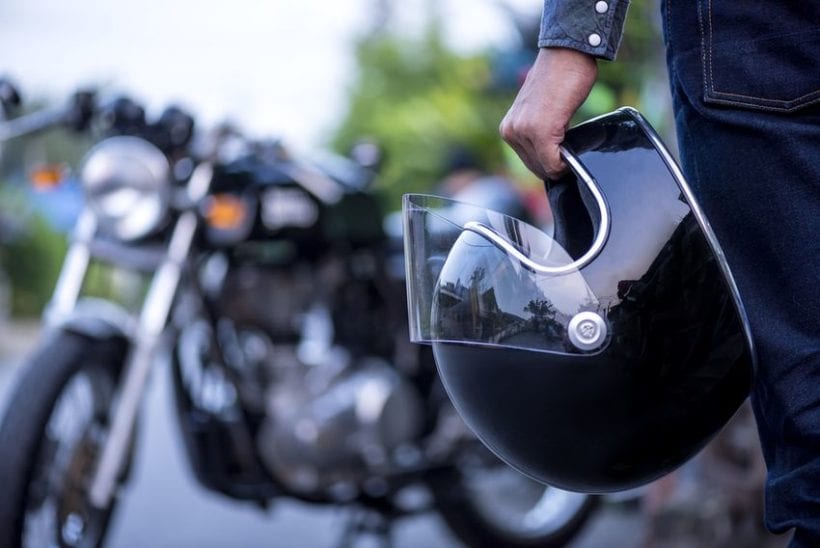
Unlike cars, in a motorcycle accident there are no airbags, no seat belts, let alone a structure that can protect the body. A helmet, while not an infallible element, is the first line of defense against a traumatic head injury. Helmets are estimated to reduce accident fatalities by 37% and brain injuries by 67%, so their use is absolutely necessary when riding these two-wheeled vehicles.
While gloves are not always as popular or essential as helmets, they are still important for several reasons. To begin with, they can help protect your hands and wrists during a collision or fall.
Often, your hands are the first part of the body to make contact with the ground during a fall, and the right gloves can provide some significant protection against scratches and other injuries to your hands and wrists.
They also provide protection from the elements. Considering that the hands are one of the parts of the body most exposed when driving, the gloves protect from frostbite or numbness when traveling is very important during the winter.

